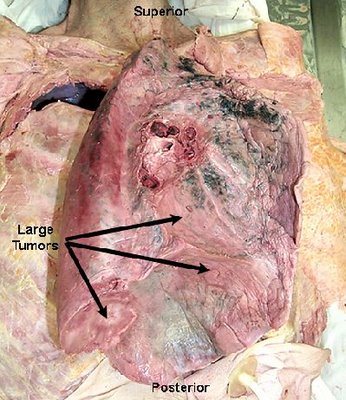Overview of your nursing career options
Nurses help other people by caring for them when they are sick or injured, or when they're physically restricted by old age or disability. There are various types of nursing careers options, including: adult, children's, mental health, and learning disabilities. Related careers include midwifery and health visiting. Here, we look at adult and children's nursing.
The work takes place in hospitals, general practices and clinics. Nurses can also work in nursing homes and residential homes, hospices, within the community, within education and the services, and within occupation health positions in industries. They usually work within a care team that also includes doctors and other health professionals.
Adult nurses work primarily in hospitals, within medical and surgical wards, plus intensive care, theatre and recovery, accident and emergency wards. To a lesser extent, they work in community settings. They provide medical care for patients suffering from illness or needing surgery. Nurses work within a multi-disciplinary team but are the main point of contact for patients. The nurse focuses on the patient's medical needs, together with the emotional needs and anxieties they're experiencing as a result of their condition.
Children's nurses care for sick children and provide support to their families. Patients range in age from new-born babies to near-adult teenagers. This is a separate area of nursing because children are still growing, so symptoms may affect their development in different ways to adults. Their emotional needs, and those of their families, are also very different to adults.
Nursing careers day-to-day activities
Adult nurses have to respond to a huge variety of situations relating to injury and illness. Duties can include: preparing patient care plans; daily monitoring and recording of the patient's condition; undertaking regular treatments; preparing patients for operations; checking and administering drugs and injections; setting up drips; assisting with tests; responding to emergencies; etc. Depending on their role within their organisation, they might also be scheduling the workloads of other nurses, or teaching junior and student nurses.
In addition to duties similar to those of adult nurses, children's nurses often have to manage the distress of the patients and their families. This means spending time talking and helping families through their crises, dealing with feelings such as panic, anxiety, anger, powerlessness and guilt.
Would a career as a nurse suit you?
It almost goes without saying that a nurse in either area needs to have good people skills and a desire to help others. Nurses must gain the trust of the patients they care for. Additionally, a practical approach and the stamina for long hours of physical work are vital. Attention to detail is a must, for nurses have highly responsible roles. The ability to work in teams and to take instruction while being able to think on your own initiative, is also essential.
Adult nurses must be able to make decisions in constantly changing circumstances, always remaining aware of the patients' condition. Patients' questions must be answered and fears allayed. The reward for such a hard and selfless line of work is the knowledge that you are making a difference.
Children's nurses clearly need to have an interest in children and their needs as individuals. You also need to be able to work sensitively with children's parents, as they will be responsible for the child's care once they leave hospital. You need to have a good, open-minded attitude to other people's different ways of relating to their children.
The NHS in the UK states that there are no national minimum entry requirements for nursing, as each Higher Education Institution (HEI) has its own criteria. However, for a diploma programme, requirements are usually around five GCSEs or equivalent at grade C or above in English Language or Literature and a Science subject. For a degree programme, requirements are usually five GCSEs plus 2 A-levels or equivalent. You'll need to be able to demonstrate evidence of literacy, numeracy and good character.
Salary / prospects for registered nursing careers
A newly qualified registered nurse can expect to earn between £17,610 and £19,437 a year, with additional London Weighting for those working in the capital. An experienced Staff Nurse earns from £18,818 to £22,725 a year. A nurse consultant can earn over £50,000 a year.
The National Health Service (NHS) is the largest employer in the UK. Opportunities in nursing are growing - once registered, they can undertake further training to specialise in a particular field. Future nursing career choices, include becoming a midwife, a health visitor or a district nurse, or you could apply to join one of the national health advice services. You could go on to teach, work in research, or take on leadership or managementroles.
alec.co.uk



























